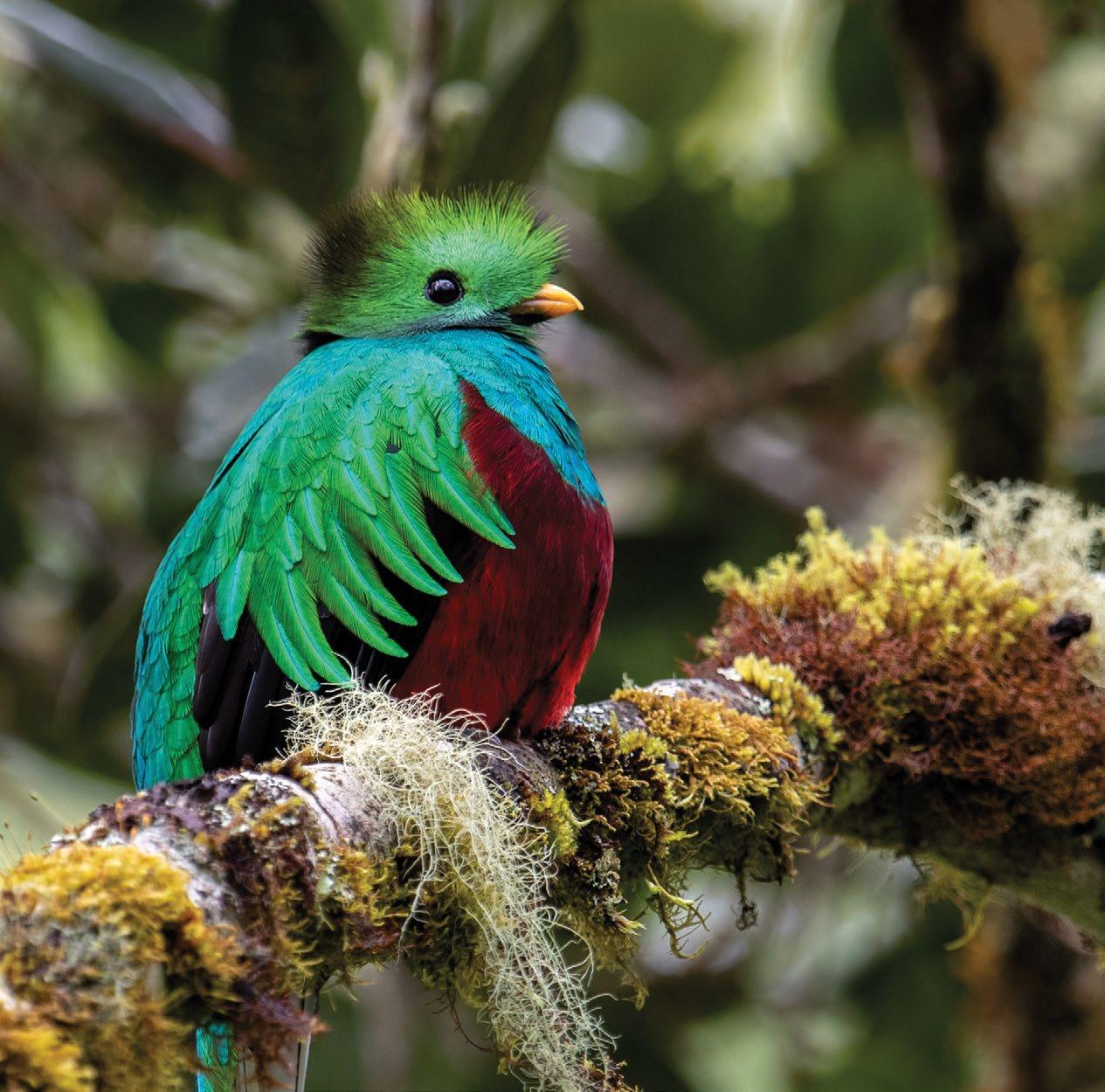
7 minute read
8 of the best
6Quetzal walking tour in Costa Rica You could easily devote a whole trip to Costa Rica’s birdlife, but the star of the feathered show is arguably the resplendent quetzal. Both genders are beloved for their iridescent plumage in shades of green that range from lime and ultramarine to rich emerald. The males are defined by twin tail feathers that cross in a wishbone arch. As they’re a bird of the cloudforest, your best opportunity to see them is in and around the sleepy hamlet of San Gerardo de Dota. On an early morning walk with a birdwatching guide, you’ll often spot them feeding on the fruit trees lining the village roads before you’ve even entered a reserve. There’s also the chance to see a supporting cast of other species, including silky fly-catchers, peg-billed finches and coppery-headed emerald hummingbirds, all endemic to the area.
8Bear watching in Japan You might not have Japan on your radar for top wildlife experiences, but therein lies its beauty. Hokkaido, Japan’s northernmost island, is home to just 5% of the country’s human population. With wild, open grasslands, primeval forests and vivid-blue caldera lakes, it’s Japan’s final frontier, where bears roam and sea lions thrive. Shiretoko National Park, a volcanic peninsula circled by a single road, is capped with thick alpine forest. You can take a boat cruise which hugs the steep cliffs of the coastline, the bluffs giving way to rocky beaches where brown bears come to feed, rest and play. From the boat, you can watch at a respectful distance, binoculars to hand. It’s also possible to cruise further along the coast, from the nearby town of Rausu, where the ocean floor plummets to a deep-sea valley. The warm water attracts humpbacks, minkes and orcas, as well as sea lions. Resplendent quetzal
Advertisement
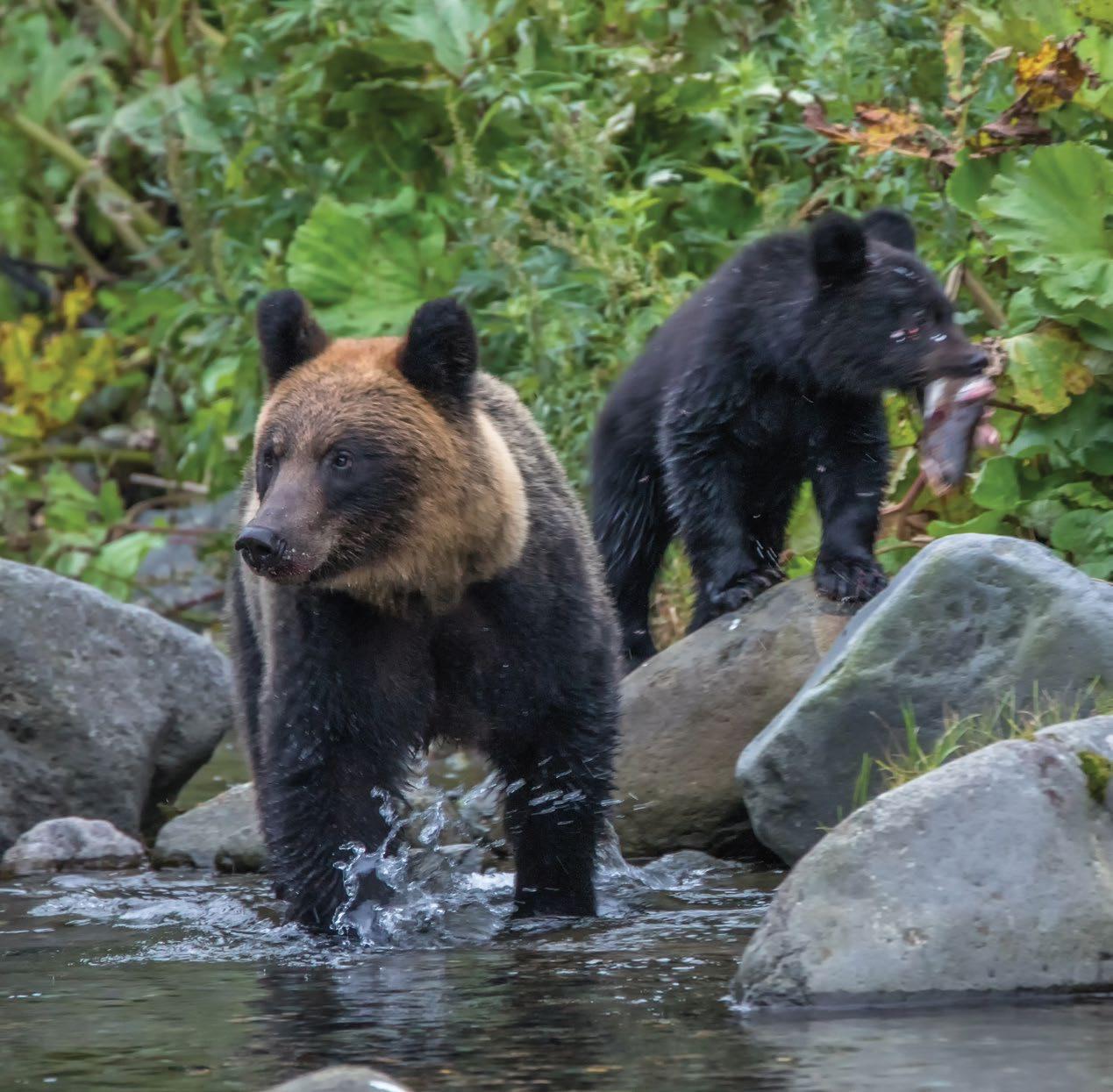
PERU
The Amazon & the Inca
Peru is defined by the Inca people, the Andes Mountains and the Amazon River, but I also love its innovative culinary scene. I designed this itinerary to capture the essential highlights of the country, with several days exploring the Amazon’s unique ecosystem and visits to some of the most impressive Inca ruins, including Machu Picchu, while making sure you get to enjoy Peru’s cutting-edge cuisine.

Katie Peru specialist
Lima
Machu Picchu Sacred Valley
Cusco
PERU Puerto Maldonado
Hacienda Concepcion
TRIP HIGHLIGHTS
• Take night walks through the Amazon rainforest. • Discover Cusco’s Inca heritage. • Dine at one of the world’s best restaurants, overlooking an
Inca ruin in the Sacred Valley. • Hike the final stage of the Inca Trail to the Sun Gate. • Explore Machu Picchu with a private guide.
Days 1-4: the Amazon
After landing in Lima, you’ll wake early to head deep into the heart of the Amazon rainforest. You reach the Tambopata Research Center via a five-hour canoe ride up the river that gives you an eye-opening introduction to the ecosystem.
Far from most human habitation, the forest teems with life. Your lodge started as a scientific outpost, and researchers still use it as a base for studying the area’s rich wildlife. I suggest spending at least three nights here to take advantage of the twice-daily guided outings.
You might wake up early for a canoe ride to the largest claylick on the river, to admire the flocks of brightly feathered macaws that gather there. In the evening, you can climb the canopy walkway and use binoculars to watch the monkeys, birds and bats that flit through the leafy canopy. A night walk will give you a chance to see the frogs, snakes, tarantulas and other creatures that fill the dark with noises.
Days 5-6: Cusco
Getting to Cusco requires most of a day, and I suggest you plan for a quiet night to let your body adjust to the altitude. If you do have some energy, consider taking a taxi up to San Blas, a trendy area overlooking the old town. The cafes boast balconies where you can enjoy a drink while watching the sun set over the mountains.
The next day, a private city tour offers a good introduction to the one-time capital of the Inca Empire. The city’s history is literally written in its stones; massive Inca-carved stone foundations are overlaid with colonial architecture. A highlight is Koricancha, the Inca’s sumptuous Temple of the Sun, which the Spanish invaders converted to Santo Domingo church. In the evening, you can explore the city’s vibrant culinary scene by joining a cooking class in making some of the country’s signature dishes, including different types of ceviche or perhaps tamales with quinoa.
Days 7-8: the Sacred Valley
Today, you’ll meet your private guide, who’ll stay with you for the rest of the trip. If you can, plan to leave the city on a Sunday so you can stop at the Chinchero Market as you head into the Sacred Valley. Unlike Pisac Market, which is mainly a tourist stop, this is a once-a-week
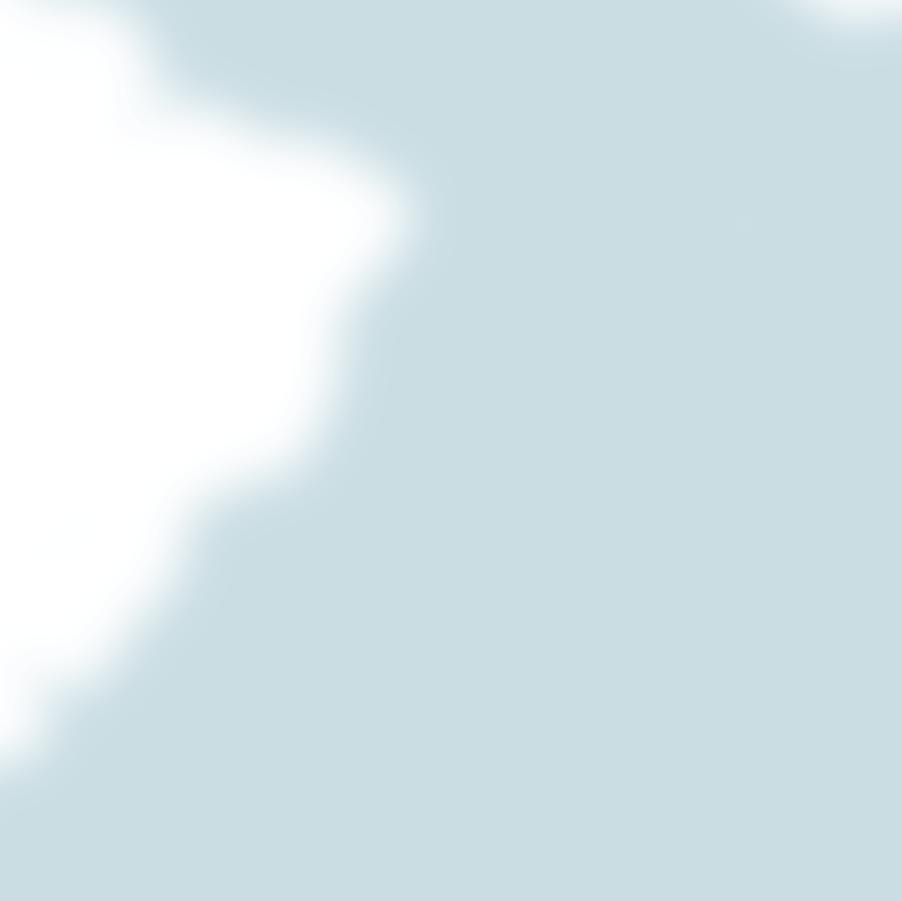

Llamas at Machu Picchu Katie’s love for South America has only grown since she first visited at age 22.
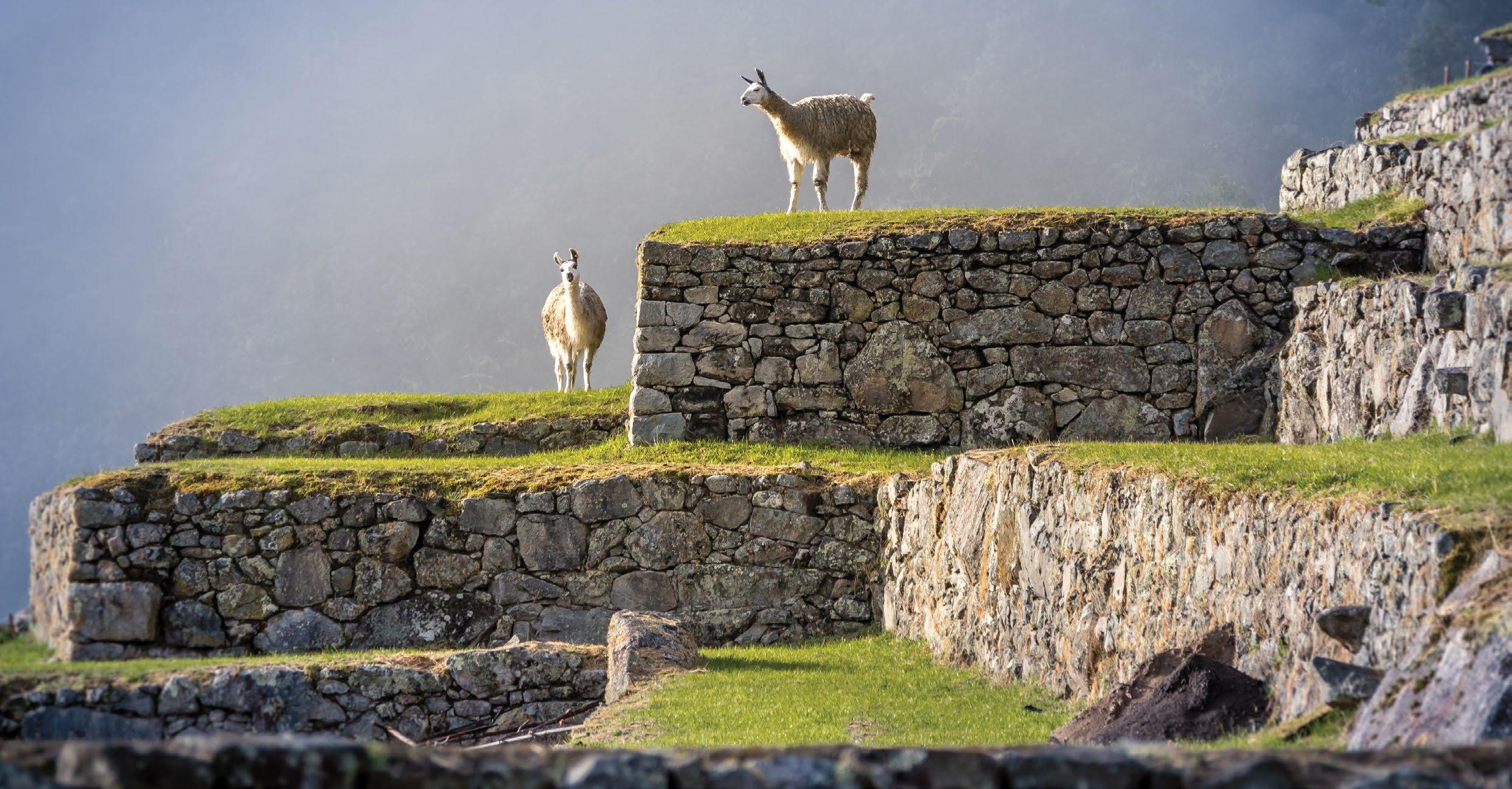
market that’s frequented primarily by locals. Also, take a few minutes to duck into the local church — the plain exterior hides an interior densely painted in religious scenes.
Another hour up the valley, MIL Centro is one of the world’s most highly rated restaurants, run by superstar chef Virgilio Martínez. The leisurely multi-course lunch menu uses traditional techniques and ingredients available at 3,500 m (11,500 ft) above sea level. And, of course, there’s the view. The restaurant sits right above the Moray ruins, concentric terraces carved into the mountain by the Inca. The next day, you can enjoy the landscape in a more active way with a scenic mountain bike ride. Coasting down the steep slopes on gentle switchbacks, you’ll pass traditional Andean communities where the way of life hasn’t changed much since the Spanish arrived nearly 500 years ago. Ollantaytambo train station to head deeper into the mountains. With wide windows and a seethrough ceiling, the Vistadome train offers the best views of the surrounding mountains. Eventually, the train lets you off at the trailhead. The first part of the trek is a steady, continuous climb up a narrow path, some of it made from
‘A night walk will give you a Days 9-10: stairs carved right into the stone. chance to see the frogs, snakes, Machu Picchu tarantulas and other creatures A full hike of the Inca that fill the dark with noises’ Trail takes most of four days. Instead, I prefer the KM 104 hike, a challenging one-day route up the mountains to the Sun Gate. Your day begins very early with a ride to MAKE THIS TRIP YOUR OWN
To learn more about the history and culture of the different indigenous peoples who live in Peru, you can visit the Uros’ floating islands of Lake Titicaca.
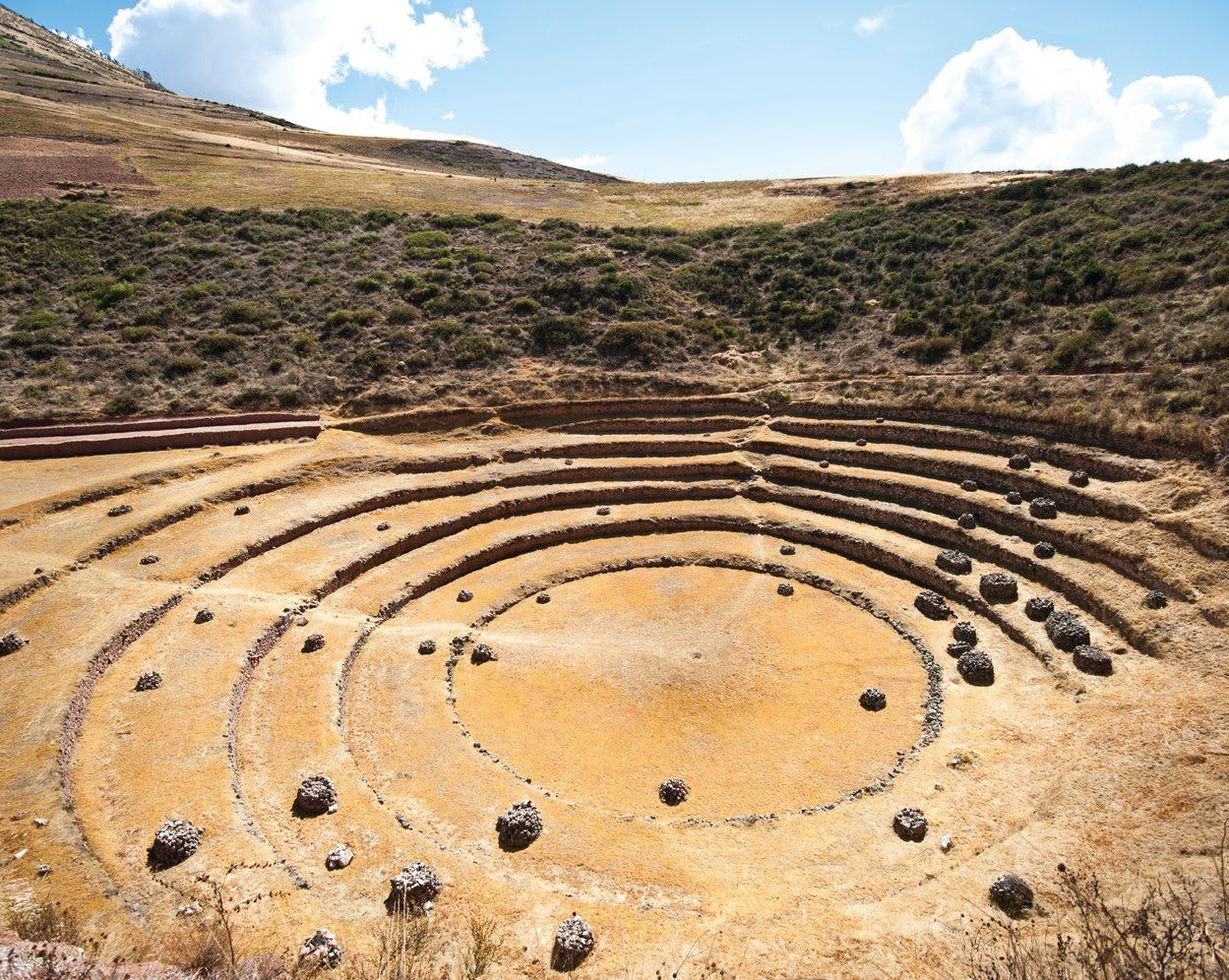
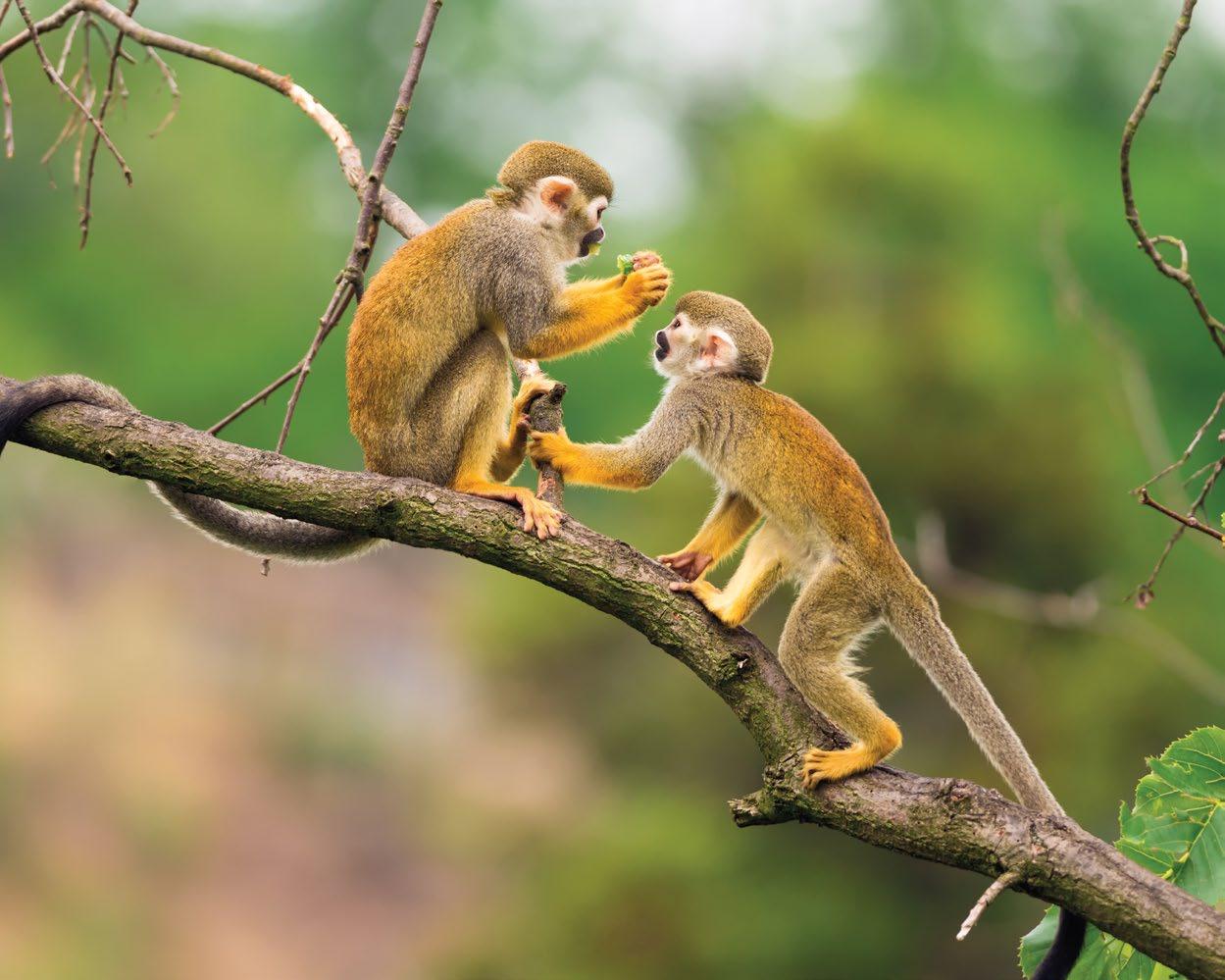
Squirrel monkeys Moray, Sacred Valley
When to go
The steep route eventually brings you to Wiñay Wayna, a collection of Inca terraces that spill down the mountainside and contain the remains of spring-fed baths. You can only reach these ruins on foot, so you’ll likely have the site all to yourself.
From Wiñay Wayna, it’s another hour to the Sun Gate, where you’ll get your first glimpse of Machu Picchu itself. The citadel is often obscured by clouds, but if you wait a moment, it often clears.
It’s usually late afternoon by the time you reach the site, so you’ll head for your hotel. For the ultimate indulgence, you can stay at the Belmond Sanctuary Lodge, just outside the site, but most people stay down in Aguas Calientes and take the shuttle bus back up to the citadel. Your guide can help unravel some of the mysteries that still linger around Machu Picchu, a city built, inhabited and abandoned all in just 100 years. I always try to find a moment to pause and just breathe in the majesty of the architecture as well as the surrounding mountains.
After lunch, you’ll head back down to Aguas Calientes for an idle afternoon before catching the Hiram Bingham at 5pm. The train is outfitted with an observation deck and open bar, so you can spend your evening watching the sunset with a pisco sour as you return to Cuzco to begin your trip home.
From £3,620 per person, including flights, accommodation, activities and transfers.
JAN FEB MAR APR MAY JUN JUL AUG SEP OCT NOV DEC
3 3 3 3 3 3 3 3 3 3 3 3 3 3 3 3 3 3 3
The best time to visit Peru is during the dry season between May and September, especially if you plan to go on a trek.










